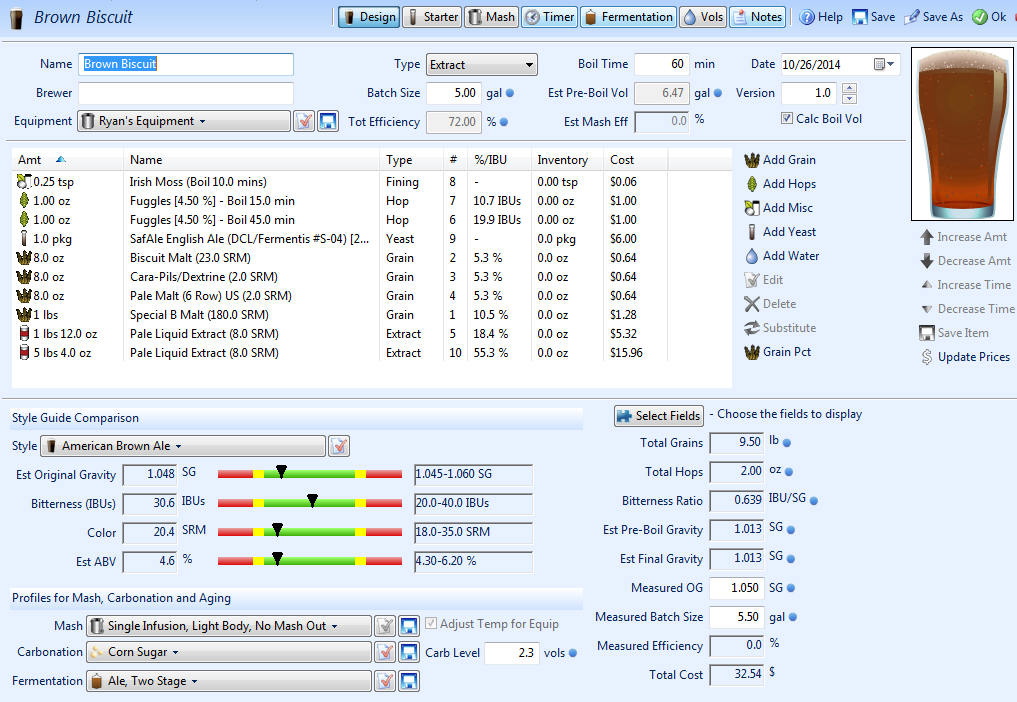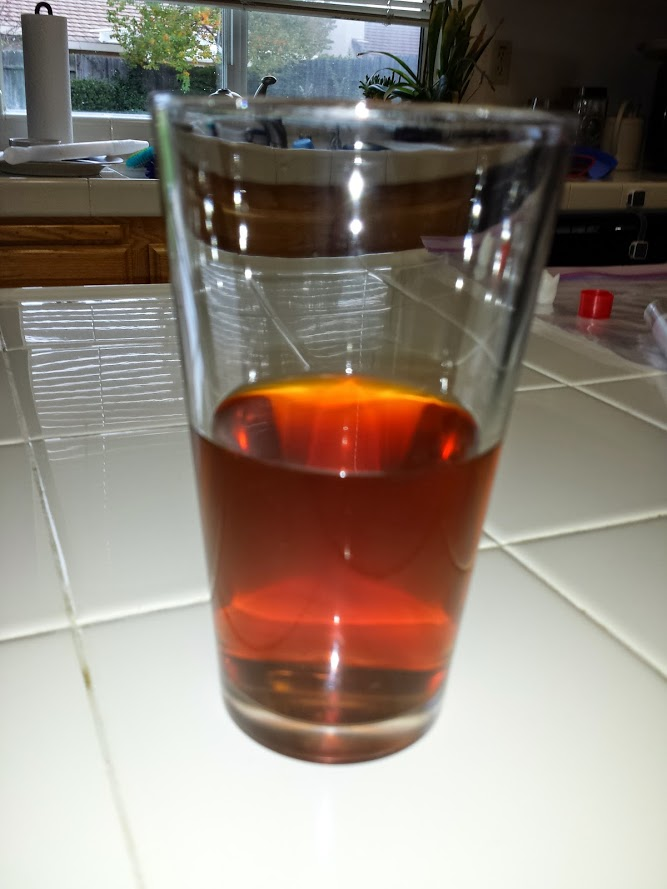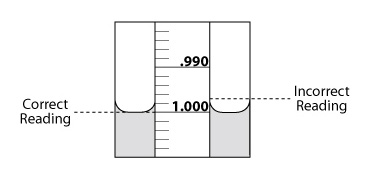ryantollefson
Well-Known Member
This is my second batch, so there is a good chance I have missed something basic. Beer is in the fermenter now. This is a Brown Biscuit Ale - recipe pretty much from here: (https://www.homebrewtalk.com/f67/bbd-brown-biscuit-121279/)
It is three weeks today and I just did my first hydrometer reading. It was higher than expected.
OG: 1.050
Measured at 3 weeks: 1.018
I used rehydrated SafAle US-04 at 62.6F (17C) for the first several days, then let it rise to 66.2F (19C) and it has been there for over two weeks. I definitely saw good fermentation activity to start, but would have expected the reading to be lower by now. I would also expect this to be fully fermented at 3 weeks, but I'll wait a few more days and do another reading before deciding on that.
For the sample I took, it was very clear, but lighter color than I expected, very little aroma, and not as flavorful as I expected - though it did taste better to me by the end of the sample.
Thoughts/tips?




It is three weeks today and I just did my first hydrometer reading. It was higher than expected.
OG: 1.050
Measured at 3 weeks: 1.018
I used rehydrated SafAle US-04 at 62.6F (17C) for the first several days, then let it rise to 66.2F (19C) and it has been there for over two weeks. I definitely saw good fermentation activity to start, but would have expected the reading to be lower by now. I would also expect this to be fully fermented at 3 weeks, but I'll wait a few more days and do another reading before deciding on that.
For the sample I took, it was very clear, but lighter color than I expected, very little aroma, and not as flavorful as I expected - though it did taste better to me by the end of the sample.
Thoughts/tips?







